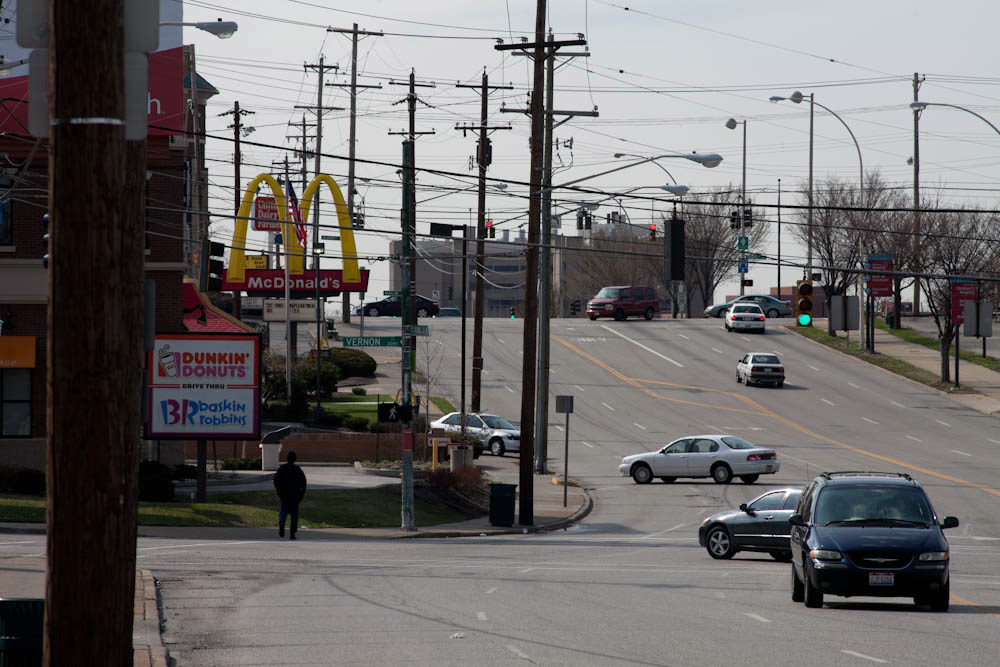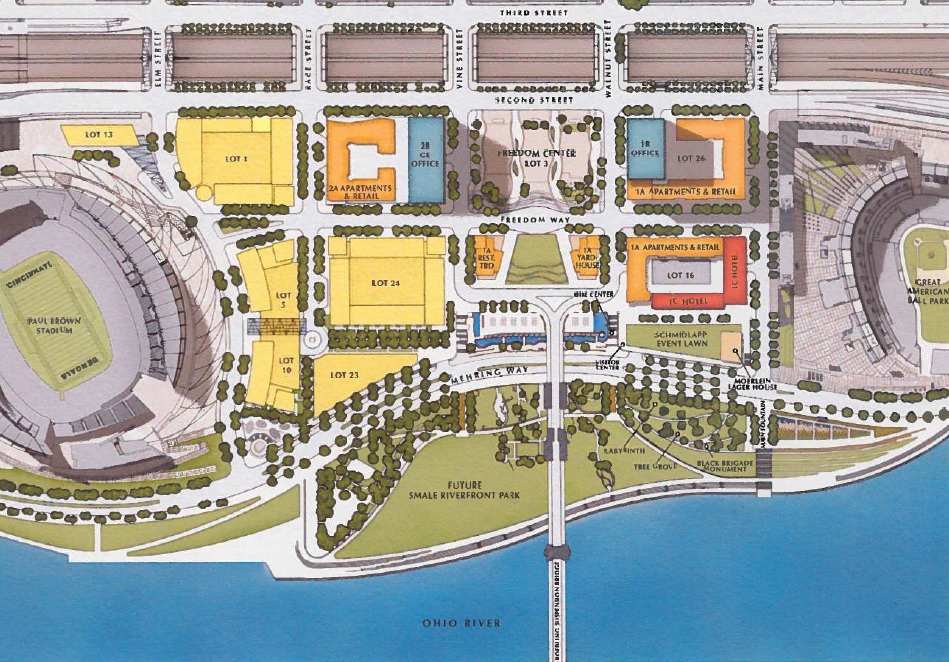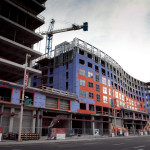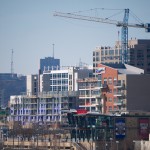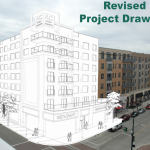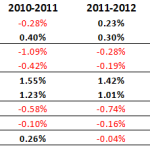Recent string of deaths on our roadways illustrates need for Vision Zero policy.
There have been a string of deaths on our region’s roadways this year. In several cases, including one last week that involved the death of a 12-year-old girl in Colerain Township, have come as a result of deadly roadway design. In this particular instance, cars often travel at fast speeds and there are few crosswalks made available to people walking. In March it was a deadly stretch of roadway in Florence that led to a person losing control of their car and killing a grandfather and his two toddler grandchildren as they attempted to walk along a road with no sidewalks.
In Los Angeles, a city that has become infamous for being car-dominated, the city’s mayor is looking to improve the situation. Some local leaders are also calling for a so-called Vision Zero policy agenda that works aggressively toward designing streets and crafting public policy in a way to eliminate such deaths. More from the Los Angeles Times:
Los Angeles is in many respects a terrible place to be a pedestrian. That’s in large part because we have engineered our streets to function like highways, widening them over the decades at the expense of sidewalks, which are so anemic in some places that telephone poles and other utilities block them. We’ve made it easy to drive on Sepulveda Boulevard or Sunset Boulevard as an alternative to the 405 or the 101, and, as a result, made it dangerous to traverse those streets by foot.
The city’s lack of regard for pedestrians is nowhere more apparent than in the shortage of marked crosswalks. Although technically pedestrians have the right of way at any intersection, drivers don’t generally slow down or look around unless there’s paint on the ground. Is there anything more frustrating for a pedestrian than arriving at a corner without white lines? You have to choose between risking your life by darting across the street and walking out of your way in the hope of finding a safe crossing nearby.
